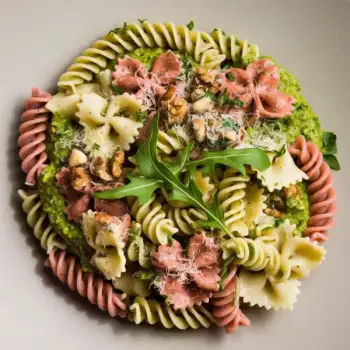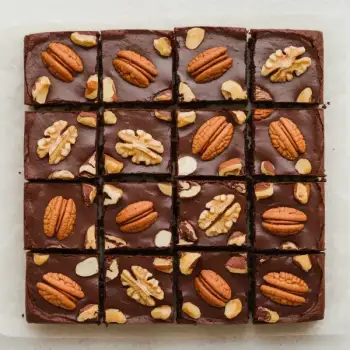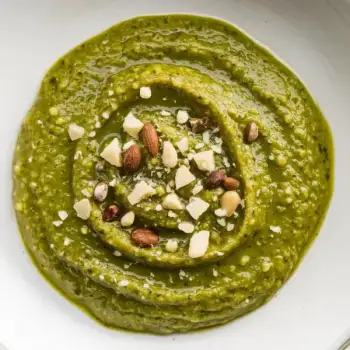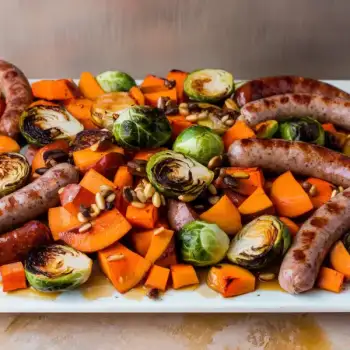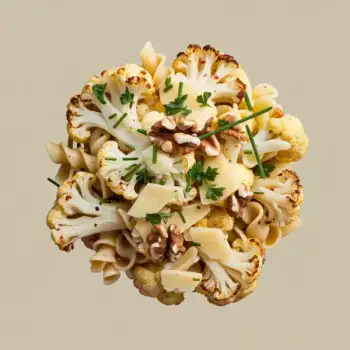


Oil
Cold-pressed walnut oil, known for its delicate, nutty flavor, ideal for dressings and finishing dishes.
Whole
Walnuts in their shell, offering the freshest taste and longest shelf life. Ideal for those who prefer to crack nuts themselves for maximum freshness.
Ground
Walnuts ground into a meal or flour, used for gluten-free baking or as a thickener in sauces and smoothies.
Chopped
Pre-chopped walnuts are a time-saver for busy cooks, suitable for recipes where a finer texture is desired.
Shelled
Walnuts that have been removed from their shells, convenient and ready to use. They come in halves or pieces and are perfect for baking or snacking.




walnut oil: La Tourangelle
shelled walnuts: Kirkland Signature

Baking: Walnuts are a common addition to baked goods like breads, cookies, and brownies. They contribute a rich, nutty flavor and a satisfying crunch. When baking with walnuts, fold them into the batter or dough to maintain their texture.
Soaking: Soaking walnuts can improve their texture and reduce phytic acid content, which can make them easier to digest. Soak walnuts in water for 4-8 hours before draining and rinsing. This technique is often used in raw food recipes or when making walnut milk.
Toasting: Toasting walnuts in a dry skillet or oven enhances their nutty flavor and adds crunch. It's important to watch them closely to prevent burning, as this can happen quickly due to their high oil content.




